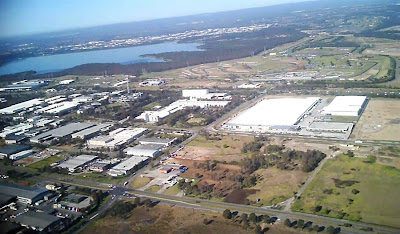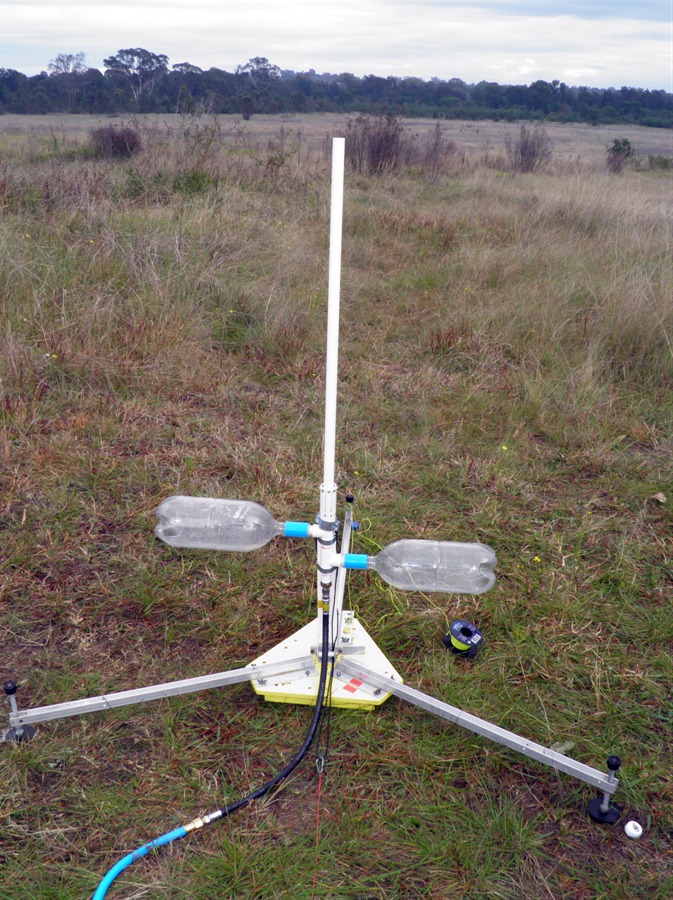Today it's been 6 years since our very first horizontal launch in the back yard. Water rocketry certainly continues to be a very rewarding engineering challenge and has allowed us to meet many new like-minded individuals from both the water rocketry world as well as the dark (pyro) side of the universe. It's been fascinating to watch how the hobby has developed over the years and how many new individuals and teams have helped to perpetuate the water cycle in the lower troposphere.
Very first Launch 4th June 2006
Here are some statistics about the last 6 years of operations:
Total Number of rockets launched or statically tested:
639of these there were:
-
494 single stage water rocket flights.
-
47 multi-stage / boosted water rocket flights.
-
34 single and multistage pyro rocket flights.
-
64 static firings in tests and experiments (we don't count burst or pressure tests)
-
685 separate stages flown (pyro and water) and of these there were
74 crashes or CATOs. This gives an average failure rate of ~
10.8% (In other words about 1 crash in 11 launches.)
- Only
1 lost rocket that is still stuck in a tree. (We may still get it back.)
- The highest launch pressure to date has been:
360psi (~25 bar)- The highest water rocket altitude achieved:
1017 feet (310 m)- The highest pyro altitude achieved:
~2500feet (760 m)- total volume of water used:
~812L (217 gallons) = ~5 bath tubs full of water. Other fun facts:
- We have never flown a full bore nozzle on a bottle. (19mm is the largest nozzle to date)
- We have never flown a Tomy timer deployment mechanism.
- We have never built or used a Clark cable tie launcher.
- We have never used a bicycle pump to pressurise a rocket. (we have used a car tyre inflator though)
We now have so many unfinished projects that we need to go back and start ticking some of them off. The status on some of the projects we currently have under way include:
Shadow II - We are slowly making progress on this front. We hope to have this rocket fly again soon.
Polaron G2 Phase 2- The progress on this has stalled for the time being. Currently the main technical challenge is holding down the entire rocket. The neck by which the rocket is going to be held down needs some serious reinforcing. We need to work out how to do this. The alternative is to hold down each of the boosters individually but this will be a lot more work. Attaching the pins and tubes to the rocket and boosters will also be a challenge for the higher pressures.
Acceleron V with a high pressure sustainer. This has been on hold for quite a while. We need to do a range of tests at the higher pressures on the whole staging mechanism. We are targeting pressures of around 220-250psi for the sustainer while keeping the boosters at the lower 120psi. Currently this is low priority.
Software - I've been working on a software application for the past year that is mostly aimed at pyro rockets, but is also very applicable for water rockets. About two months ago I started a complete re-write to make it much more versatile and the application is currently in Alpha. I will be posting a lot more on this in the coming months when it is released. This is also the main reason we haven't been doing too many updates lately. :)
More experiments - We have a long list of experiments we would like to fly. If the weather holds up we intend to fly one this weekend.
We would like to thank everyone for their great support over the last 6 years. We're looking forward to the next 6.
- The Air Command team.














